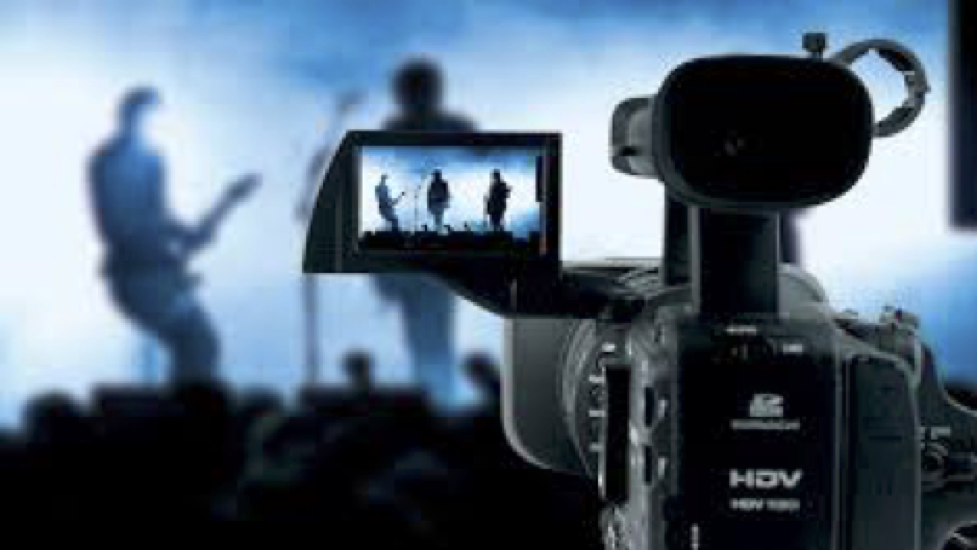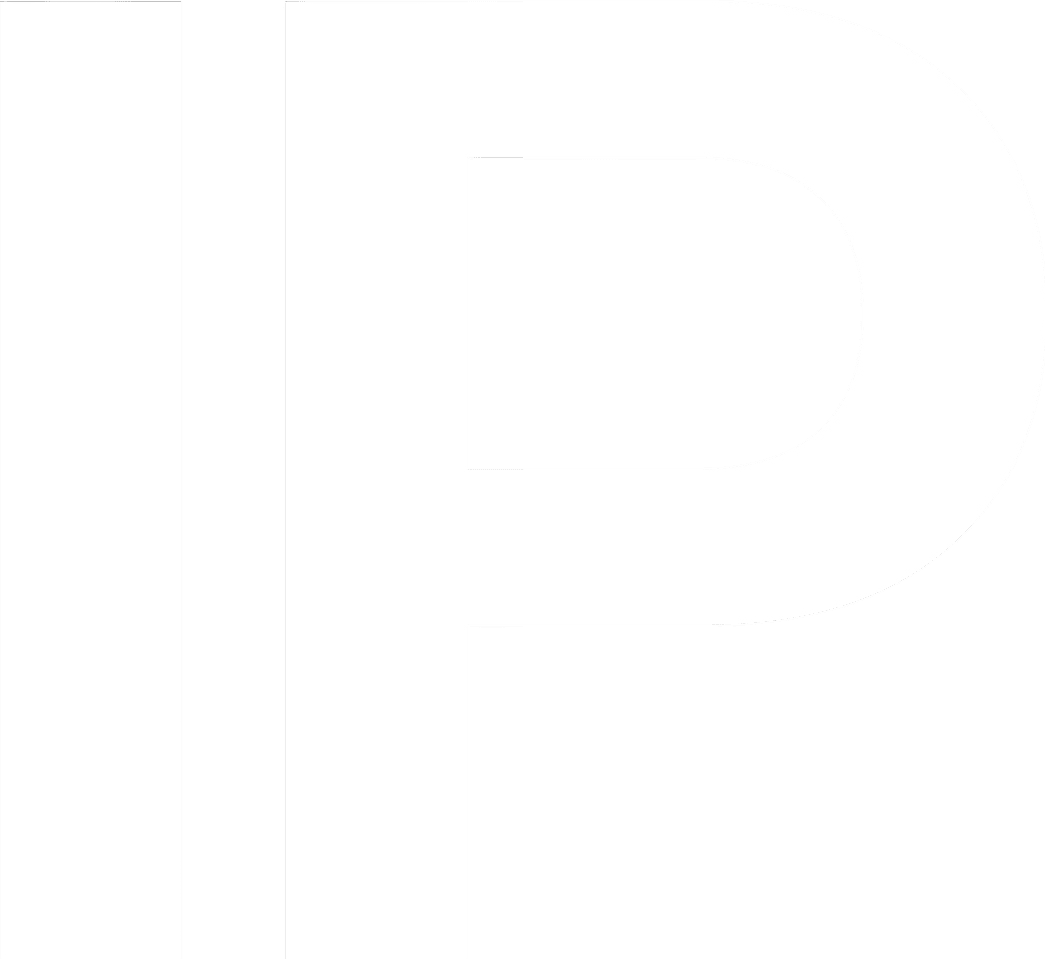
Technology today has brought the world at our finger tips. Video making and sharing has never been as easy as it is today. With a click of a button it can be shared to all. For those who are producing videography it is crucial to know about copyright laws. Videography Copyright is one of the greyest areas on the internet and violation happens very often. Often creators don’t even realize they are violating copyright laws.
Protect
Chapter X of the Indian Copyright Act 1957 and Rule 70 of Copyright Rules, 2013, mention the following procedure about the registration of copyrights in India:
1. Application: An application by the author or applicant can be filed for registration of copyright, by himself or via his authorized legal representative. This application can be made in three ways
a) By applying physically in the copyright office.
b) Through speed/registered posts.
c) Through e-filing facility available on the official website of Copyrights Office (copyright.gov.in).
2. Examination: On filing of the application, a diary number is received. There is a provision of a compulsory waiting period of 30 days, for “No Objection” to be filed against the claim made by the author.
3. Registration: Once the Copyright Registrar is wholly satisfied with the totality and accurateness of the claim contained in the application, it can then be entered in the particulars of the copyright in the register of copyrights and further issue a Certificate of Registration.
For smoothening the process of filing for a copyright, i.e. the primary and most crucial step, the website www.trademarkclick.com has come up with a completely digitized platform where one just needs to go and fill out a simple form and get hassle free assistance in filing his copyright.
GET PROTECTION
When a person uses work which is guarded by copyright laws without the creator’s consent infringement takes place and, in case one is found liable for copyright infringement, then one may also face damages. If the court finds the infringement willful the punishment is greater. It is illegal to use other creators’ work without their consent. For the sole reason that it is easy to copy the works of others, using computers, tape recorders, VCRs, photocopiers and the Internet, cannot make it legal. One can use any music or song in his youtube videos if they are royalty free or he has bought their copyrights. Youtube has special inbuilt software which checks for copyrighted music being used in the videos. If ever, found guilty of using copyrighted music, Youtube puts up a strike on the channel (and that particular copyrighted video might be taken down!), and if one gets three strikes, his channel will be taken off from youtube. Some good examples of royalty free music sites are:
+The Public Domain Project
+YouTube Audio Library
+com
+audionautix.com
+Nathan Wills Music
+Audio Micro
+com
FAIR USE
It is a set of exceptions that restrains the effect of copyrights when the usage considered “fair”. A lot of the guidelines surrounding fair use are governed by the Digital Millennium Copyright Act (DMCA). Section 107 of the DMCA states that:
*the purpose and character of the use, including whether such use is of a commercial nature or is for nonprofit educational purposes;
*the nature of the copyrighted work;
*the quantity and substantiality of the part used in relation to the copyrighted work as a whole; and
*the outcome of the use upon the probable market for or worth of the copyrighted work.
